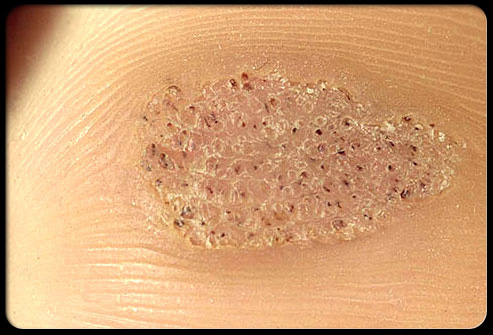How To Maintain Proper Foot Care Video
Corns and calluses are common conditions of the feet that can be found in people of all ages, health, and activity levels. Calluses remover is our latest creation. Aside form loss of vision and problems with kidney, another important thing that diabetics should be very careful with is foot neuropathy. Corns and calluses are the terms given to patches of hard, thickened skin. Many people get affected by calluses on feet.
To soften calluses, corns, and dry, cracked heels—and keep them that way—apply a small dab of Heel To Toe Feels Like New Foot Softener to problem areas before going to bed. The water does not need to soapy or include any essential oils, but you can add these if you would like. The goal is to soften the skin of the callus so that you can treat it successfully. These pads may cause irritation, though, so observe the callus carefully when changing the pad to see if the area appears red or irritated. Rub gently in a circular motion to thin the skin of the callused area. If you have diabetes, avoid using a pumice stone as you risk infecting your foot. She can trim the foot callus in a standard office visit. She may also prescribe antibiotic cream to minimize any potential risk of infection. If the callus has developed as a result of a foot deformity, your doctor can also help you minimize potential recurrence by fitting you for shoe inserts, called orthotics. Soak your foot in warm, soapy water. My HG foot file!
Because they are so common, most people (mostly women) try to treat their corns and calluses at home. The first thing any foot pain sufferer should do is switch to looser, more comfortable shoes. This will stop the callus or corn from getting even thicker. If you still feel pain with each step, it may be a good idea to add padding to your shoe in the spot where the callus or corn makes contact with the shoe.
When properly protected by a socks and shoes, our feet are incredibly strong. On average, feet absorb two to three times our body weight with each stride. If the average 175-pound person takes 6,000 steps each day that means each foot will absorb between 2,100,000 and 3,150,000 pounds before bed.
Patients with poor vision cutting nails too deep beneath crease line can lead to skin breakage and in patients with poor blood flow to foot can lead to major amputation.Proper nail cutting techniques should be learnt,toe nails should be cut straight,not beneath creaseline. At the center of a corn is often a very dense knot of skin called a core, which is located over the area of greatest friction or pressure. Firm, dry corns that form on the upper surfaces of the toes are called hard corns. Pliable, moist corns that form between the toes are called soft corns.

To soften calluses, corns, and dry, cracked heels—and keep them that way—apply a small dab of Heel To Toe Feels Like New Foot Softener to problem areas before going to bed. The water does not need to soapy or include any essential oils, but you can add these if you would like. The goal is to soften the skin of the callus so that you can treat it successfully. These pads may cause irritation, though, so observe the callus carefully when changing the pad to see if the area appears red or irritated. Rub gently in a circular motion to thin the skin of the callused area. If you have diabetes, avoid using a pumice stone as you risk infecting your foot. She can trim the foot callus in a standard office visit. She may also prescribe antibiotic cream to minimize any potential risk of infection. If the callus has developed as a result of a foot deformity, your doctor can also help you minimize potential recurrence by fitting you for shoe inserts, called orthotics. Soak your foot in warm, soapy water. My HG foot file!
Because they are so common, most people (mostly women) try to treat their corns and calluses at home. The first thing any foot pain sufferer should do is switch to looser, more comfortable shoes. This will stop the callus or corn from getting even thicker. If you still feel pain with each step, it may be a good idea to add padding to your shoe in the spot where the callus or corn makes contact with the shoe.
When properly protected by a socks and shoes, our feet are incredibly strong. On average, feet absorb two to three times our body weight with each stride. If the average 175-pound person takes 6,000 steps each day that means each foot will absorb between 2,100,000 and 3,150,000 pounds before bed.

Patients with poor vision cutting nails too deep beneath crease line can lead to skin breakage and in patients with poor blood flow to foot can lead to major amputation.Proper nail cutting techniques should be learnt,toe nails should be cut straight,not beneath creaseline. At the center of a corn is often a very dense knot of skin called a core, which is located over the area of greatest friction or pressure. Firm, dry corns that form on the upper surfaces of the toes are called hard corns. Pliable, moist corns that form between the toes are called soft corns.
